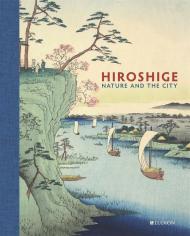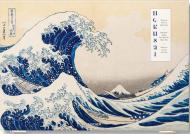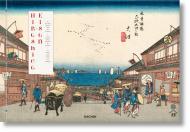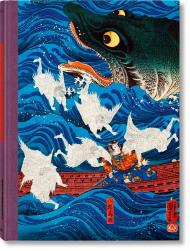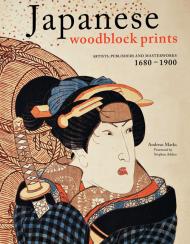A landmark book presenting the early "deluxe" versions of Hiroshige's Edo prints for the first time!
Utagawa Hiroshige's unique landscape series One Hundred Famous Views of Edo (modern-day Tokyo), first published in the 1850s, is among the best-known collections of Japanese prints and was revolutionary in its day. Individual prints from this collection are regarded as among the finest works in all of Japanese art.
In this series, Hiroshige captures 118 locations in and around Edo, today's Tokyo, during all four seasons and often from hitherto unknown and unique perspectives. These views were first printed in exquisite luxury versions, incorporating innovative woodblock printing features like color gradation. No complete set of the early versions exists today and this is the first book to present a complete set of the deluxe early printings, sourced from 32 different museums and private collections.
Author Andreas Marks consulted 4,700 prints in order to compile this definitive guide to Hiroshige's One Hundred Famous Views of Edo. Marks presents the various printed versions along with reference images showing how and where Hiroshige sourced his ideas for each view — from previous books and illustrations. The result is a definitive guide to understanding the complexity of Hiroshige's great work as well as the dynamics of the Japanese print market during this period.
Marks' introduction discusses the genesis of the series in the context of Japanese landscape art as well as Hiroshige's personal biography. The book then presents all 118 prints together with their source materials and a map showing the locations of each view, followed by a detailed appendix discussing the great color variations found in subsequent printings of the series.
About the Author:
Dr. Andreas Marks is the Mary Griggs Burke Curator of Japanese and Korean Art and director of the Clark Center for Japanese Art at the Minneapolis Institute of Art. From 2008 to 2013 he was the director and chief curator of the Clark Center for Japanese Art and Culture in California. He has a Ph.D. from Leiden University and a master's degree in East Asian Art History from the University of Bonn. A specialist of Japanese woodblock prints, he is the author of over 16 books. In 2014, he received the International Ukiyo-e Society award in recognition of his work and in 2018, the top book award from the International Fine Print Dealers Association.

